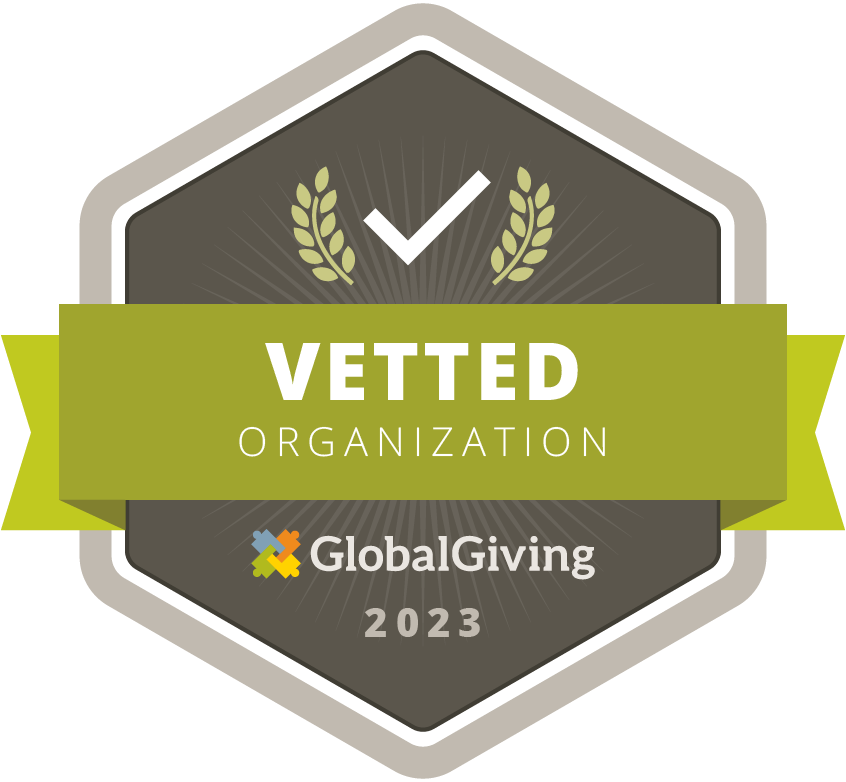NewsHubGlobal
July 17, 2022
For as long as she could remember, Tonja Myles had thoughts of suicide. After a childhood of sexual abuse, Myles turned to drugs and prostitution to “mask the pain,” and twice she overdosed on prescription pills. After recovery, she worked as an advocate for improving mental-health care in her home city of Baton Rouge, La., by sharing her story and working with others who had suffered trauma and struggled with mental illness.
But in 2016, she had her own mental-health crisis. She wrote a note to her family, collected some pills, and drove to a secluded place, where she planned to end her life.
Her family found the note and persuaded her to return home. Concerned, they had already called 911—the only option they had for such an emergency—and the dispatcher sent police, since she had threatened to harm herself. Seeing police at her home, Myles became more agitated, especially after one of the two officers began treating her “like a criminal,” she says. She contemplated provoking him so that he would pull a gun and end her life on the spot.
But the other responding officer was trained in crisis intervention, a strategy for treating mental-health emergencies as matters of public health rather than public safety. He recognized Myles from her presentations to local law enforcement on crisis intervention and began calmly engaging with her about her work. He offered to take her to a hospital, and she agreed.
Myles was committed for a week at a mental-health facility, where she began therapy and confronted, for the first time, the cause of her suicidal thoughts. She was diagnosed with PTSD from past childhood sexual trauma. “When the pain finally had a name,” she says, ‘I felt, ‘Tonja, you are not crazy, you are not weak. You were wounded.’”
Myles avoided a trip to jail in 2016 because one of the responding officers had been trained in crisis intervention. But even six years later, such a positive outcome from an emergency mental-health call is the exception rather than the norm in the U.S. Even though emergency response systems for medical, public safety, and fire crises are well-coordinated and integrated in nearly every community through 911, the same isn’t true for behavioral health or mental-health crises. The National Suicide Prevention Lifeline is the closest thing the U.S. has to a mental-health hotline, yet it operates only about 200 unevenly distributed, underfunded call centers.
Until now. On July 16, the federal government will phase out the Lifeline’s clunky number —800-273-8255—and launch a new three-digit number, 988, for anyone in a mental-health crisis. The 988 Suicide and Crisis Lifeline will dramatically expand the capacity of call centers to answer calls, with the goal of instantaneously connecting people suffering mental-health crises to mental-health professionals—instead of police officers or EMTs, not all of whom are not trained to or comfortable de-escalating emergency situations involving mental illness.
When a person calls 988, a certified counselor at a call center, ideally located near that person, will guide them through the crisis in the majority of cases and, when more help is needed, send a mobile crisis team made up of mental-health experts and peer-support counselors. If those interventions aren’t sufficient, 988 will also direct people to stabilization facilities—mental-health facilities where trained staff can observe and provide additional counseling and support—or residential facilities for longer term care. Those settings are more appropriate for people with mental-health crises than where they currently end up — in the emergency room, jail, or, in worst cases, the morgue where if the incident escalates into deadly violence. “988 represents probably the most potentially transformative federal legislation in mental health that we’ve seen in decades,” says Dr. Ashwin Vasan, New York City health commissioner.
But there are massive hurdles to turning that vision into reality. 988 will require building a compassionate crisis response system in a country that has historically underfunded and dismissed mental-health services. Funding, staffing, and insurance reimbursements will all be a struggle. “We are sitting in the context of a system that is fragmented and frankly has a lot of gaps in terms of providing services for individuals,” says John Palmieri, director of 988 and behavioral health crisis at the Substance Abuse and Mental Health Services Administration (SAMHSA) within the U.S. Department of Health and Human Services, which funds the Lifeline and is helping states implement 988. While people who work in the mental-health field are optimistic about the potential 988 represents, hardly anyone—not even Palmieri—expects the system will work seamlessly at the outset. Read more …




